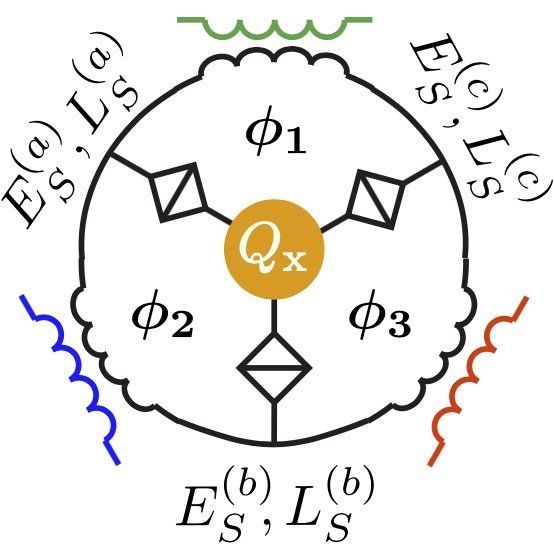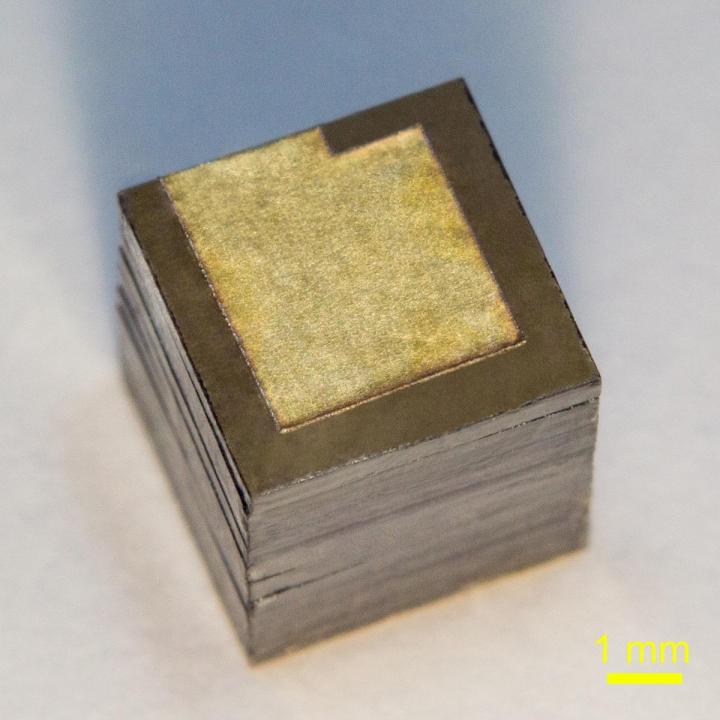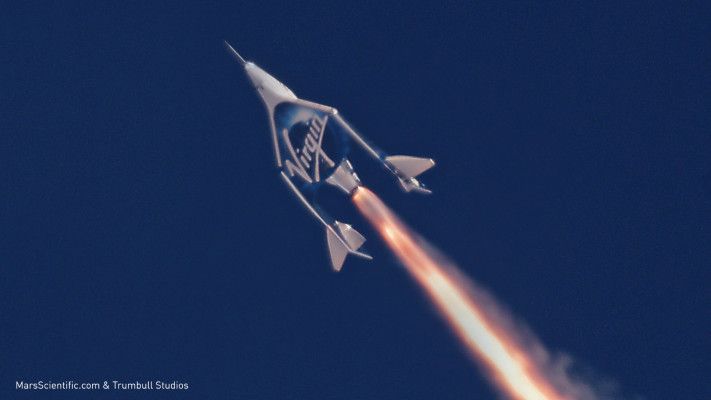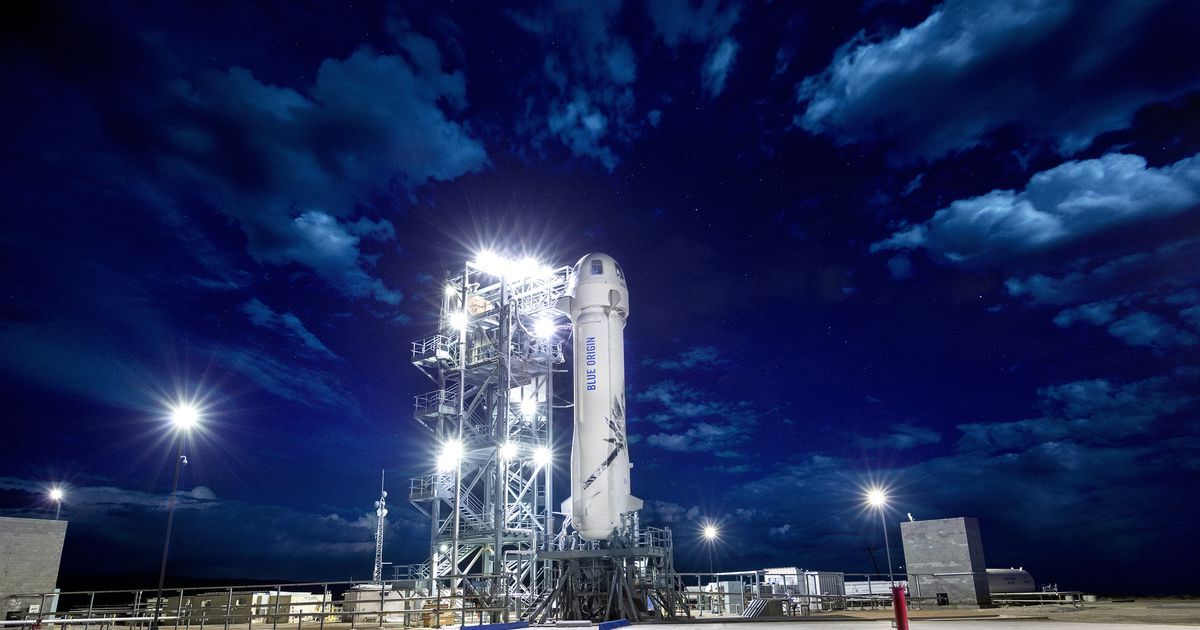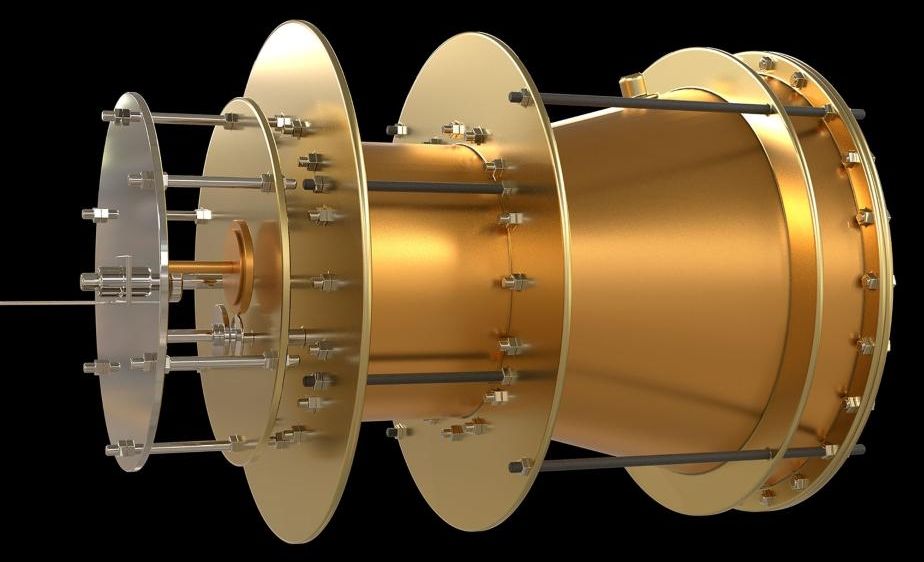Archive for the ‘space travel’ category: Page 417
Jun 4, 2018
Best of last week: Flux capacitor invented, a better 3D printer and the true benefits of vitamins
Posted by Shane Hinshaw in categories: 3D printing, biological, cosmology, genetics, health, quantum physics, space travel
It was a good week for physics as a team with members from Australia and Switzerland invented a flux capacitor able to break time-reversal symmetry. They proposed a device based on quantum tunneling of magnetic flux around a capacitor. And another team with members from across the U.S. reported on a gravitational wave event that likely signaled the creation of a black hole—the merger of two neutron stars.
In biology news, a team of engineers led by Sinisa Vukelic invented a noninvasive technique to correct vision. Like LASIK, it uses lasers but is non-surgical and has few side-effects. And an international team of researchers found what they describe as the mother of all lizards in the Italian Alps, the oldest known lizard fossil, from approximately 240 million years ago. Also, a team at the University of Sydney found that walking faster could make you live longer. People do not even need to walk more, the team reported, they just need to pick up the pace of their normal stride to see an improvement in several health factors. And a team from Cal Poly Pomona discovered how microbes survive clean rooms and contaminate spacecraft—and it involved the cleaning agents themselves.
In other news, a team of researchers from the University of California and the University of Southern Queensland announced that they had identified 121 giant planets that may have habitable moons. And a team at Stanford University found that wars and clan structure might explain a strange biological event that occurred 7,000 years ago—male genetic diversity appeared to collapse for a time. Also, a team of researchers from MIT and Harvard University report the development of a 3D printer that can print data sets as physical objects—offering far more realistic, nearly true-color renderings.
Jun 3, 2018
A Fully 3D Printed Rocket Is Not as Crazy as it Seems. Investors Agree
Posted by Michael Lance in categories: 3D printing, space travel
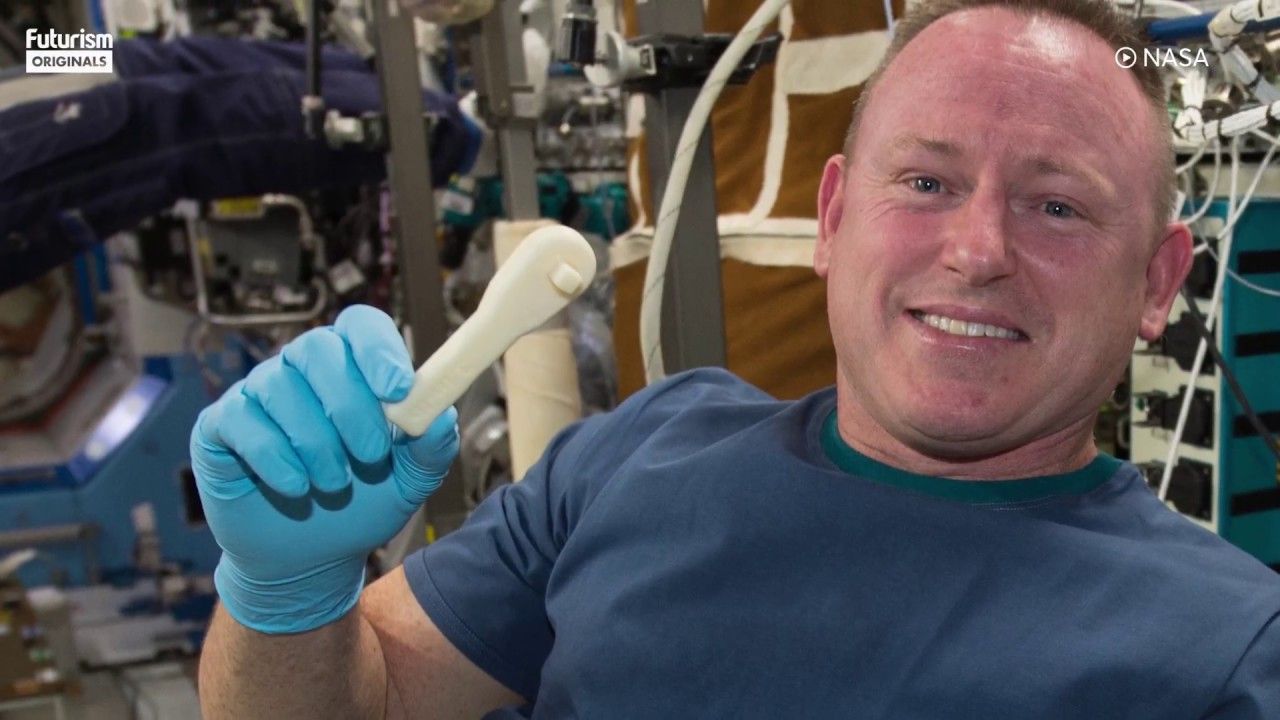
60 days.
That’s how long it will take to produce and launch a rocket if the parts are 3D printed, according to the CEO of Relativity Space, a startup that seeks to do just that.
Continue reading “A Fully 3D Printed Rocket Is Not as Crazy as it Seems. Investors Agree” »
Jun 1, 2018
News: SMAP, the spacecraft I once worked on, is providing relative moisture data from the Earth’s surface
Posted by Jeffrey L. Lee in categories: food, health, space travel
It’s interesting to note that eastern Texas, Louisiana and Arkansas are experiencing much less soil moisture during the middle of May…
Data from the first NASA satellite mission dedicated to measuring the water content of soils is now being used operationally by the U.S. Department of Agriculture (USDA) to monitor global croplands and make commodity forecasts.
The Soil Moisture Active Passive mission, or SMAP, launched in 2015 and has helped map the amount of water in soils worldwide. Now, with tools developed by a team at NASA’s Goddard Space Flight Center in Greenbelt, Maryland, SMAP soil moisture data are being incorporated into the Crop Explorer website of the USDA’s Foreign Agricultural Service, which reports on regional droughts, floods and crop forecasts. Crop Explorer is a clearinghouse for global agricultural growing conditions, such as soil moisture, temperature, precipitation, vegetation health and more.
Jun 1, 2018
Prototype nuclear battery packs 10 times more power
Posted by Klaus Baldauf in categories: biotech/medical, nuclear energy, robotics/AI, space travel
Russian researchers from the Moscow Institute of Physics and Technology (MIPT), the Technological Institute for Superhard and Novel Carbon Materials (TISNCM), and the National University of Science and Technology MISIS have optimized the design of a nuclear battery generating power from the beta decay of nickel-63, a radioactive isotope. Their new battery prototype packs about 3,300 milliwatt-hours of energy per gram, which is more than in any other nuclear battery based on nickel-63, and 10 times more than the specific energy of commercial chemical cells. The paperwas published in the journal Diamond and Related Materials.
Conventional batteries
Ordinary batteries powering clocks, flashlights, toys, and other compact autonomous electrical devices use the energy of so-called redox chemical reactions. In them, electrons are transferred from one electrode to another via an electrolyte. This gives rise to a potential difference between the electrodes. If the two battery terminals are then connected by a conductor, electrons start flowing to remove the potential difference, generating an electric current. Chemical batteries, also known as galvanic cells, are characterized by a high power density — that is, the ratio between the power of the generated current and the volume of the battery. However, chemical cells discharge in a relatively short time, limiting their applications in autonomous devices. Some of these batteries, called accumulators, are rechargeable, but even they need to be replaced for charging. This may be dangerous, as in the case of a cardiac pacemaker, or even impossible, if the battery is powering a spacecraft.
Jun 1, 2018
SpaceX: Elon Musk Responds to Boeing CEO’s Plan to Get to Mars First
Posted by Genevieve Klien in categories: Elon Musk, space travel
SpaceX CEO Elon Musk has responded to Boeing CEO Dennis Muilenburg’s comments on whether his company, working in collaboration with NASA, could reach Mars first. The pair have ratcheted up the competition, with plans to test the BFR and Space Launch System next year.
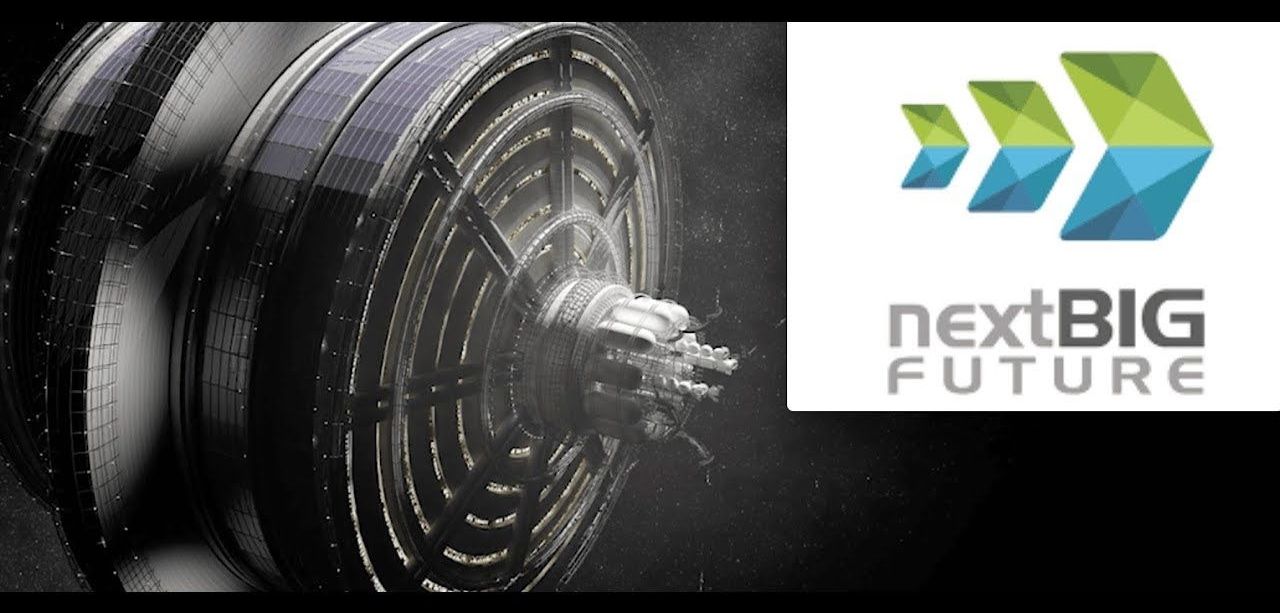
I will illustrate the massive game-changer that the SpaceX BFR will be. I will show this by describing how we can have millions of people in space by the 2040s.
May 29, 2018
Virgin Galactic’s SpaceShipTwo hits Mach 1.9 in second successful test flight
Posted by Genevieve Klien in category: space travel
Virgin Galactic is celebrating a successful second test flight of SpaceShipTwo, the rocket-powered passenger spacecraft that may someday take tourists to the edge of space. Today’s test took the VSS Unity, the second craft built in this class, up to 114,500 feet and Mach 1.9, or nearly 1,300 miles per hour.
Unity’s first powered flight was less than two months ago, which was itself the first powered flight Virgin Galactic had attempted since the fatal breakup of the company’s previous SpaceShipTwo-class spacecraft, Enterprise, in 2014.
Much has been redone since then but the basics of the Virgin Galactic flight style are the same. A relatively traditional jet-powered plane, a WhiteKnightTwo class plane (in this case the VMS Eve), carries the SpaceShipTwo craft (Unity) up to somewhere around 45,000 feet. There the latter detaches and fires up its rocket engine, accelerating to high speed and high altitude, after which it glides to the surface and lands more or less like any other plane.
Continue reading “Virgin Galactic’s SpaceShipTwo hits Mach 1.9 in second successful test flight” »
May 28, 2018
Jeff Bezos wants to build a moon colony, with or without NASA
Posted by Klaus Baldauf in category: space travel
May 27, 2018
NASA’s ‘Impossible’ EmDrive Engine Tested—Here Are the Results
Posted by Andreas M. Hein in categories: quantum physics, space travel
“The ‘thrust’ is not coming from the EmDrive, but from some electromagnetic interaction,” the team reports in a proceeding for a recent conference on space propulsion.
The first independent tests of the EmDrive suggest there’s a mundane explanation for the wildly controversial device.

